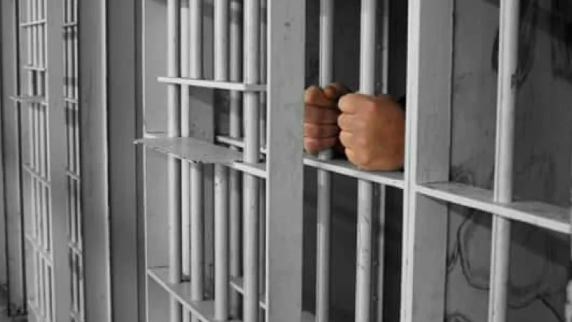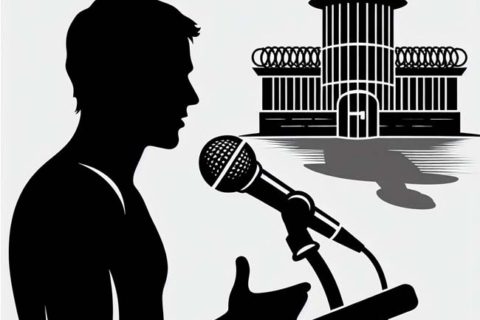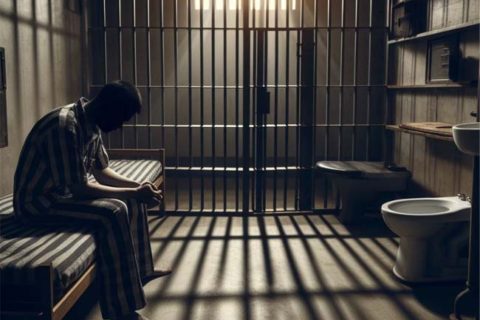President Trump signed into law the First Step Act (FSA) on December 18, 2018 that aims to reduce overly punitive sentences for eligible inmates. This early release program was created to reduce the inmate population in order to improve conditions within the BPO.
FSA is a bipartisan sentencing reform law which directly impacts offenders who are serving a federal prison sentence in the custody of the Bureau of Prisons (BOP). To know more information about the Federal Bureau of Prisons, let’s dive into our post to get it!

Does the First Step Act (FSA) Go Well?
Unfortunately, the First Step Act (FSA) is not consistently enforced. In fact, the Federal Bureau of Prison started to release thousands of prisoners from Residential Re-entry Center (RRC) on January 13, 2022and those who were in home confinement.
Within a week, the Residential Re-entry Center (RRC) population was reduced by over 4,000 and the home confinement population was reduced by over 3,000. After January 19, 2022, the number of prisoners within BOP prison has barely been reduced. The RRC population has slightly increased that may be due to earned time credits (ETCs) being awarded.
The First Step Act (FSA) extremely reduces the inmate population by providing additional ways for particular defendants to prevent being sentenced to an otherwise mandatory minimum sentence.
Aside from that, FSA also provides most inmates with the chances to importantly reduce their sentences by successfully using particular programs that are designed to reduce the likelihood of recidivism. Well, such successful completion really provides the inmate with ETCs.
The background of creation of the First Step Act (FSA) was the peak of several years of congressional debate about what Congress may do to reduce the size of the federal prison population while building mechanisms to maintain public safety.
How Does FSA Work?
The First Step Act (FSA) actually requires the Attorney General to develop a risk and needs assessment system that will be used by BOP to assess the recidivism risk and criminogenic needs of all federal inmates and to place inmates in recidivism reducing programs and productive activities to address their needs and reduce the risk.
Under the act, this system provides guidance on the amount, type and intensity of recidivism reduction programming and productive activities to which each prisoner is assigned including the information on which programs inmates should participate in based on their criminogenic needs.
In this case, the system will also provide guidance on how to group, to the extent practicable, inmates with similar risk levels together in recidivism reduction programming and housing assignments.
Moreover, the Act also amends 18 U.S.C. § 4042(a) to prompt BOP to help inmates in applying for federal and state benefits and get identification including driver’s license, a social security card or other official photo identification and also birth certificate.
The First Step Act (FSA) also expands the Second Chance Act. According to FSA, BOP will actually provide guidance for wardens of prisons and community-based facilities to enter into recidivism-reducing partnership with non-profit and other private organizations including community-based and faith-based organizations to deliver recidivism reduction programming.
The act makes changes to the penalties for some federal offenses that modified mandatory minimum prison sentences for some drug traffickers with prior drug convictions by raising the threshold for prior convictions which count toward triggering higher mandatory minimums for repeat offenders, reducing the 20-year mandatory minimum to a 15-year mandatory minimum and also reducing a life-in-prison mandatory minimum to a 25-year mandatory minimum.
Last, the First Step Act definitely includes a series of other criminal justice-related provisions that include a prohibition on the use of restraints on pregnant inmates in the custody of BOP and the U.S. Marshals Service, including:
- A change to the way good time credit is measured, so prisoners will be able to earn 54 days of good time credits for each year of imposed sentence rather than for each year of time service.
- A requirement for BOP to give a way for employees to save firearms on BOP grounds safely.
- A requirement for the BOP to try to place detainees within 500 miles of their primary residence.
- Authority for the Federal Prison Industries to sell products to public entities for use in correctional facilities, emergency response or disaster relief to the District to Columbia government and to non-profit organizations.
- Prohibition against the use of solitary confinement for juvenile delinquency in federal custody.
- A requirement which BOP aids prisoners with getting identification before they are released.
What Is the Eligibility to Get Time Credits through FSA?
In order to be eligible to get ETCs, the inmates should:
- Have a minimum or low pattern score (FSA’s risk assessment tool that is utilized by the BOP
- Not have a conviction for a disqualifying offense such as human trafficking, terrorism, sex offenses, espionage and other crimes determined to be violent.
Aside from that, the inmates should be eligible for pre-release custody like halfway house or home confinement. For the deportable non-U.S. citizens, they are not eligible for ETCs, as well as the inmates with a medium or high pattern risk assessment score or those which have committed any of the disqualifying offenses.
Of course, the eligible inmates will be able to earn ETCs by participating and successfully completing particular BOP programs and/ or work assignments. For each 30 days of consistent programming, ETCs are calculated at the rate of 15 days that can be applied toward extra community-based programming or toward the end of an inmate’s sentence.
Aside from an earlier release from BOP custody into community-based programs such as halfway houses or home confinement, ETCs will allow eligible inmates an earlier transition to their term of supervised release that is up to 12 months earlier.
Prior to the FSA, the inmates were only eligible for up to 12 months in a halfway house and home confinement for six months that is not to exceed 10% of sentences, whichever was less. Last but not least, for inmates who are not eligible to get ETCs, they may be eligible to earn other incentives through work assignments and also participating in particular programs including extra visits, additional phone or email minutes and also extra commissary benefits and privileges.

A bookworm and researcher especially related to law and citizenship education. I spend time every day in front of the internet and the campus library.




